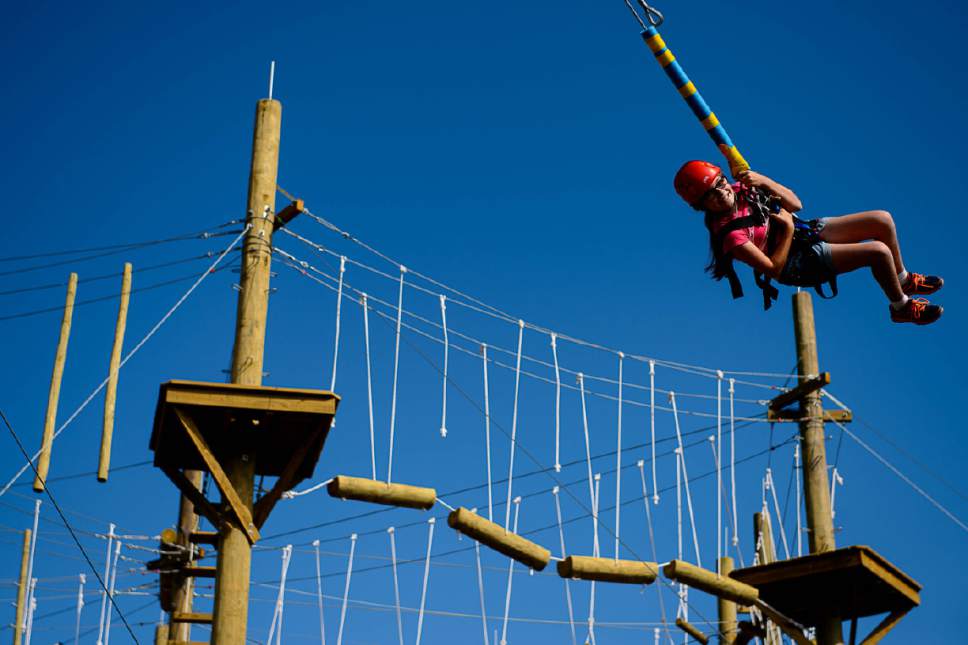This is an archived article that was published on sltrib.com in 2017, and information in the article may be outdated. It is provided only for personal research purposes and may not be reprinted.
Struggling for something fun to do with the family this holiday weekend? Imagine trying to find an activity with a son or daughter, or mother or father, with a disability. Utah is world-renowned for its recreation and outdoor lifestyle. Yet some Utahns can't enjoy these adventures as easily as others.
Most people don't often think about how physical or emotional disabilities would limit their opportunities for recreation and sport.
The heroes at the National Ability Center in Park City think often about recreation opportunities for people of all abilities. Adaptive sports and recreation is what they do. The center has been open since 1985 and serves approximately 5,500 people a year. Recreation opportunities at the center include skiing, snowboarding, aquatics, archery, rock climbing, snowshoeing, horseback riding, river trips and more.
The National Ability Center began in the kitchen of Meeche White and Pete Badewitz as the Park City Handicapped Sports Association. White and Badewitz were ski instructors for people with disabilities in Colorado before expanding their mission. The center's vision is "to inspire individual achievement and create a global impact for people of all abilities."
The center now sits on 26 acres and offers camps for children with autism, children with diabetes, children with physical disabilities and even camp for children with disabilities and their siblings, so families can experience summer camp together.
The center provides invaluable services to military men and women in partnership with veterans associations across the nation. Programs include recreation opportunities as well as wellness retreats. Twenty veterans a day committed suicide in 2014. The center's veterans program is literally saving lives.
And the center just got better. It recently expanded its "universal accessibility" ropes course. This isn't your everyday playground ropes course; it was designed by one of the top five adaptive ropes designers in the United States, Aerial Designs of Seattle, which created the mammoth structure for close to $500,000. It is engineered with specially designed pulleys and harnesses that enable people in wheelchairs to join in the fun. Funding came from private donors, including Intermountain Healthcare, and $50,000 from the Utah Office of Outdoor Recreation, Governor's Office of Economic Development.
As a national attraction, it is easy to justify the state government grant money used to help purchase the updated attraction. Utah spends millions of dollars on advertising, maintaining and growing its recreational offerings. To only focus those dollars on activities for able-bodied adventurers would be short-sighted and inequitable. This GOED matching grant was money well spent.
Still looking for something to do over the Fourth of July? Celebrate our nation's independence by helping fellow Utahns experience their own sort of independence. Volunteer today.



